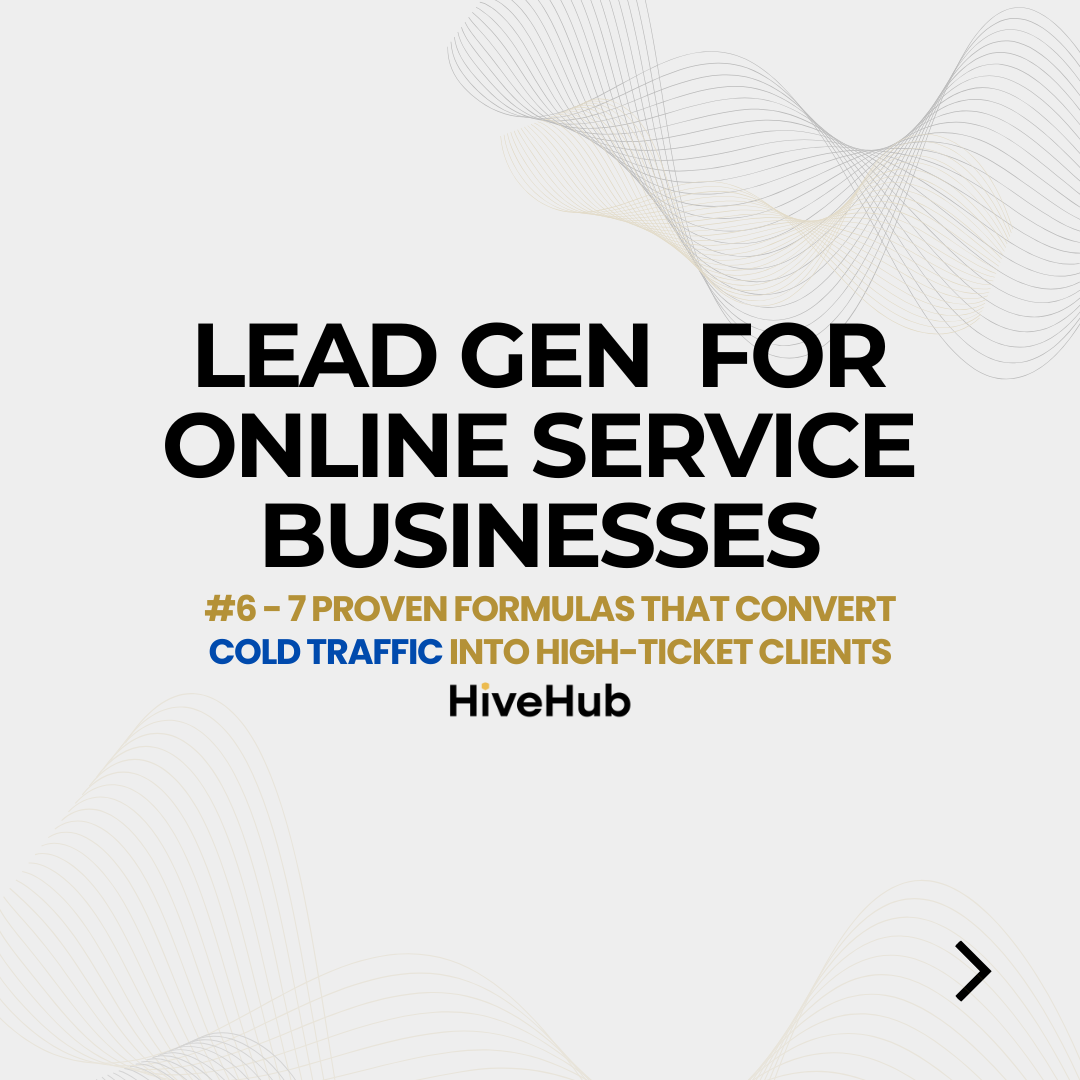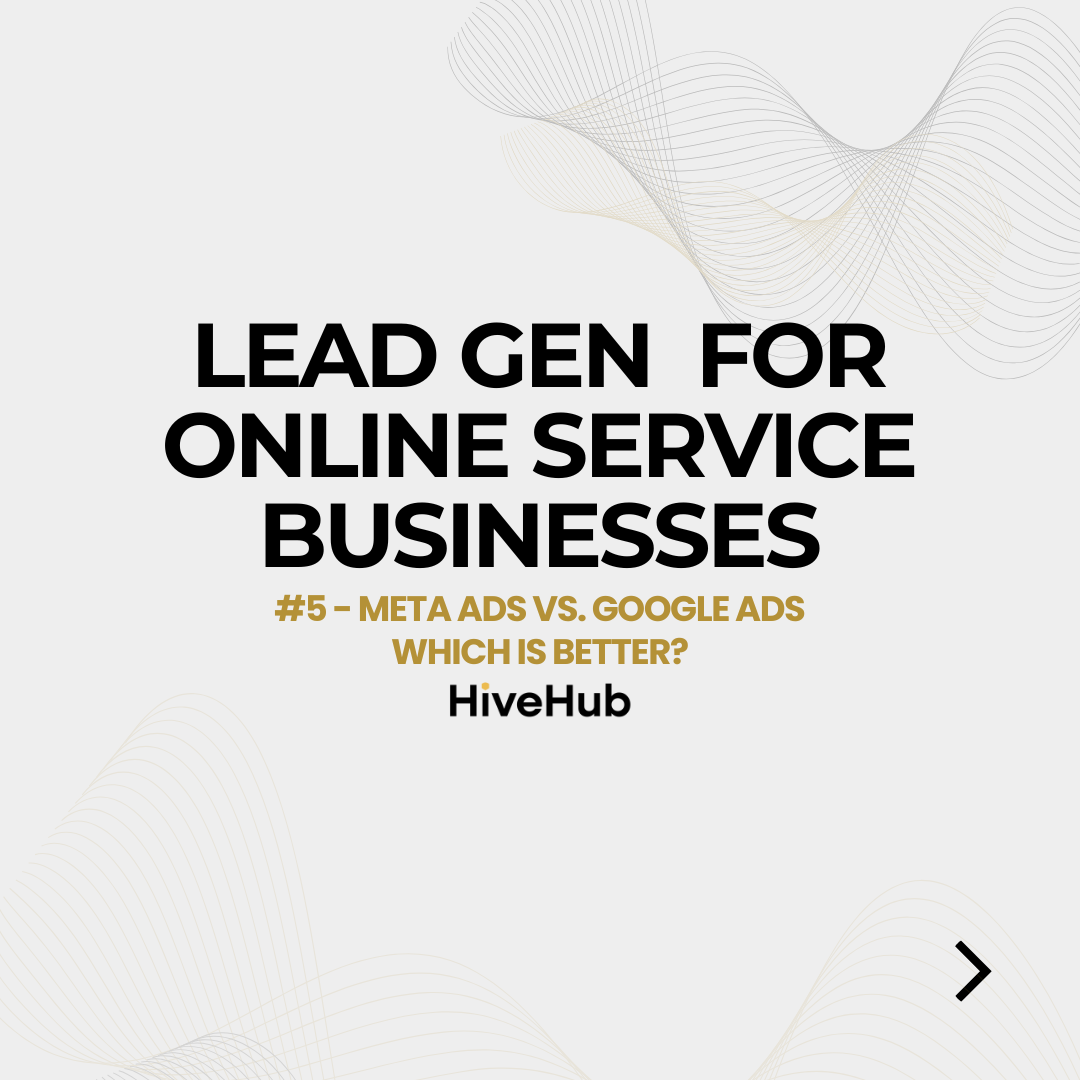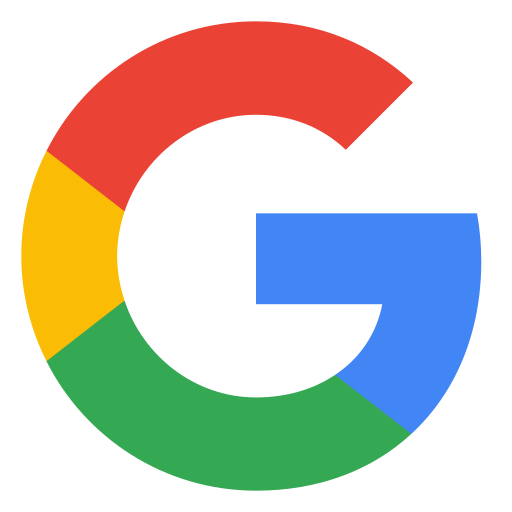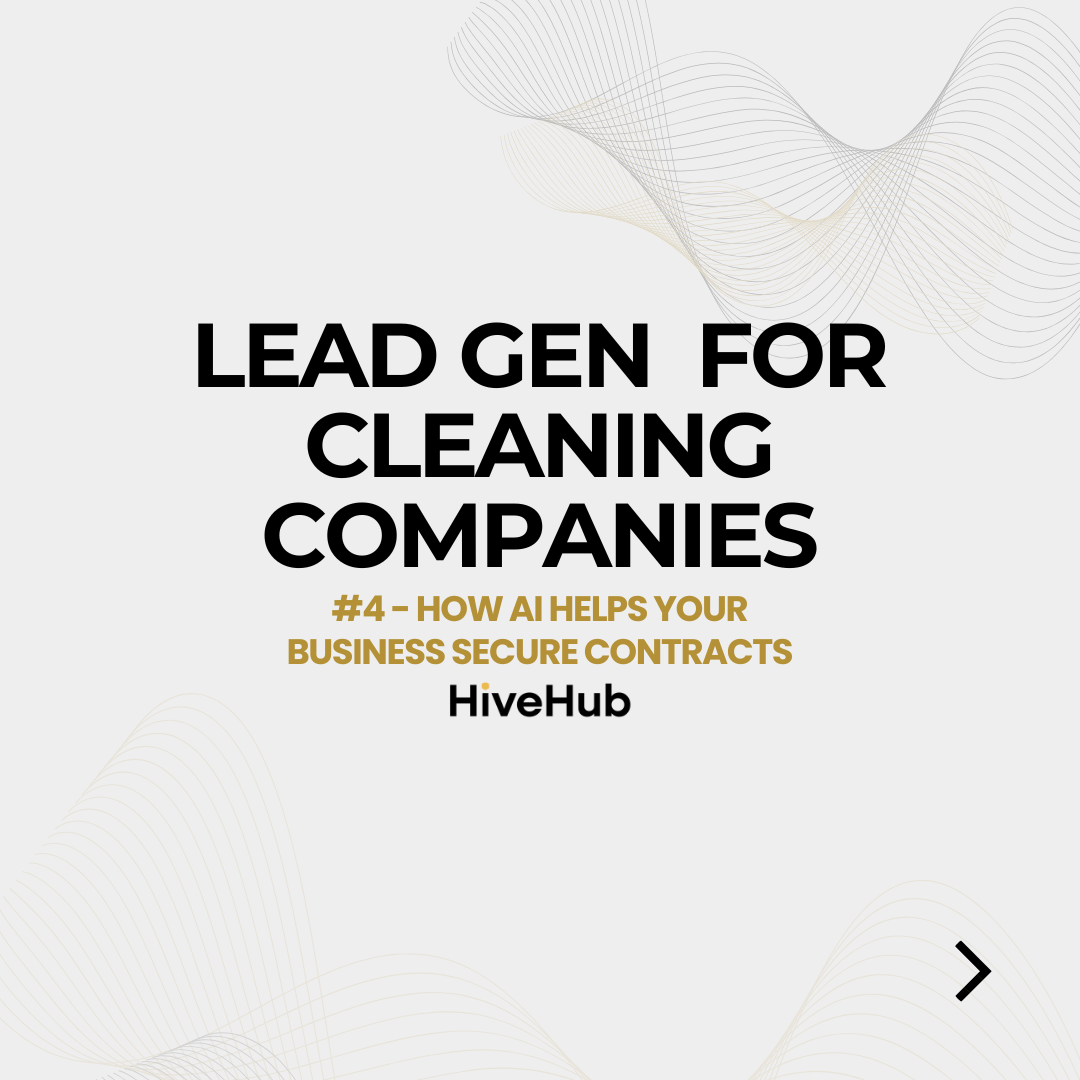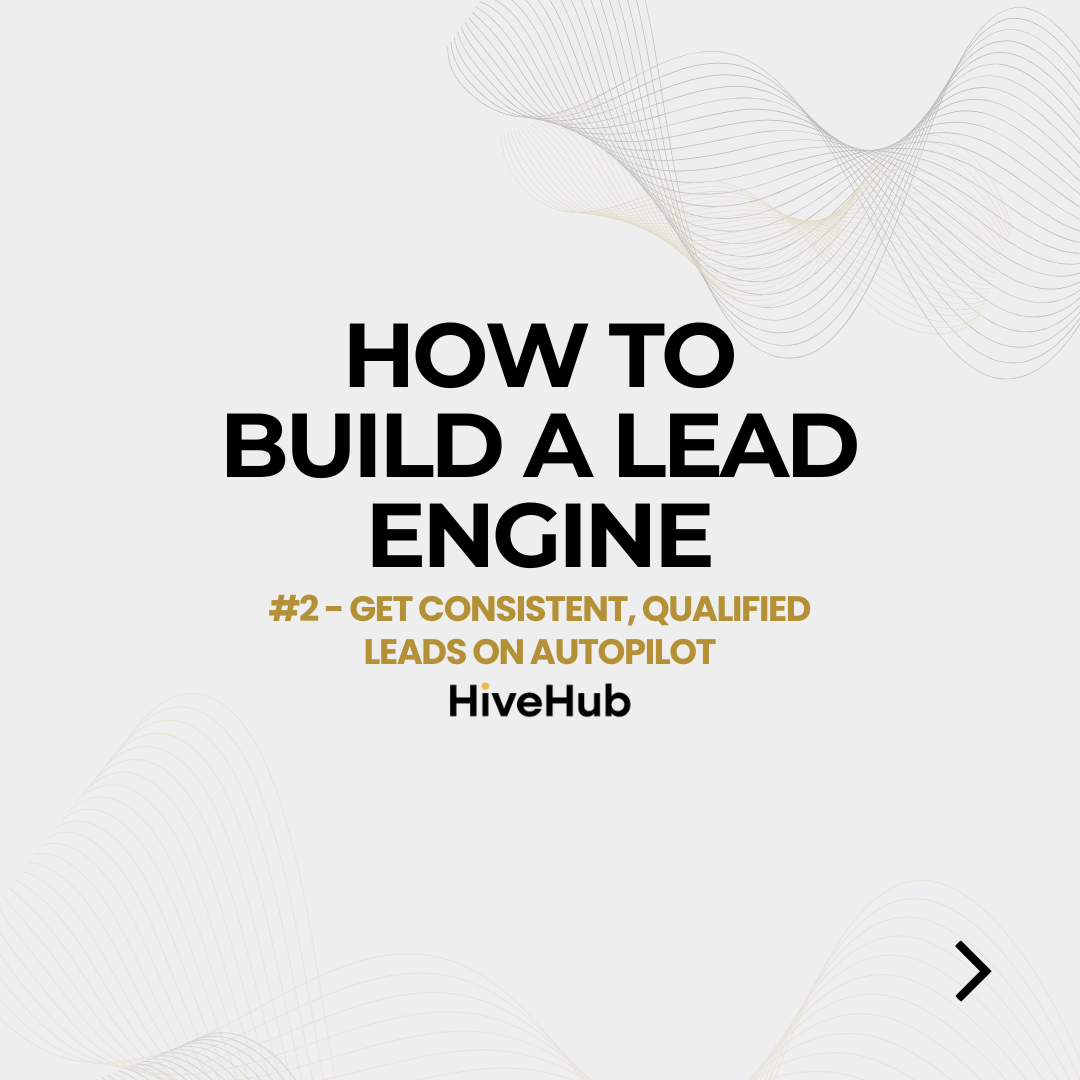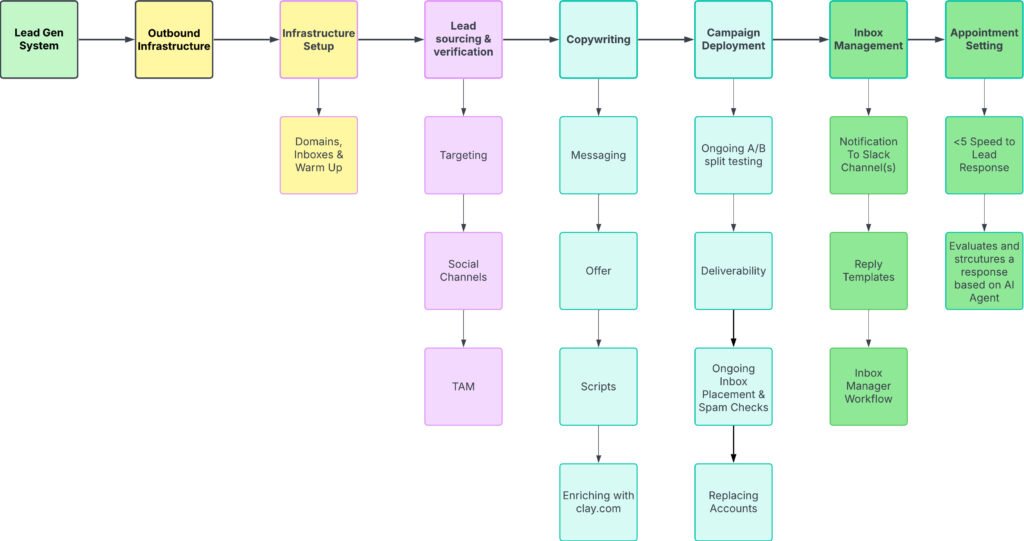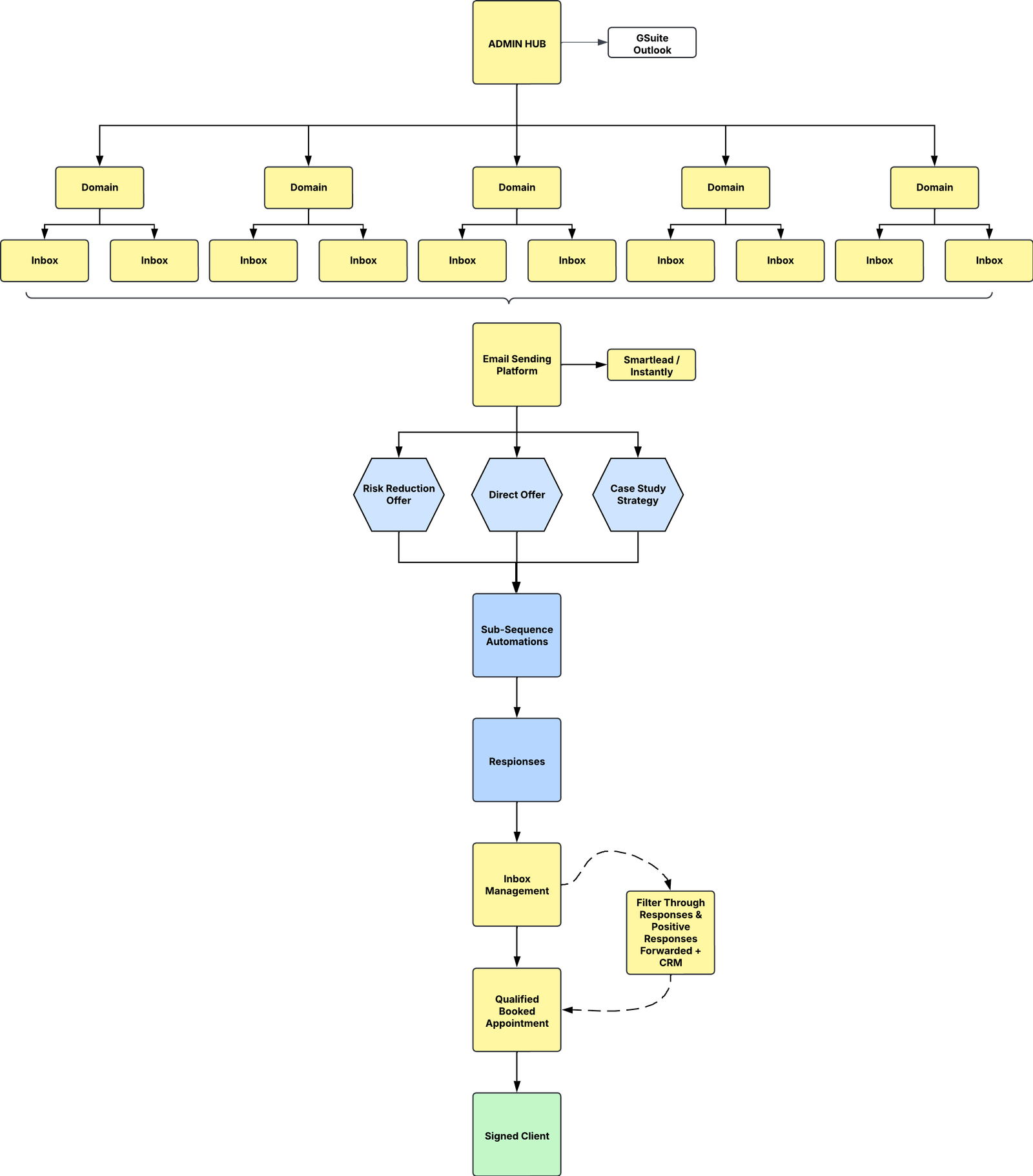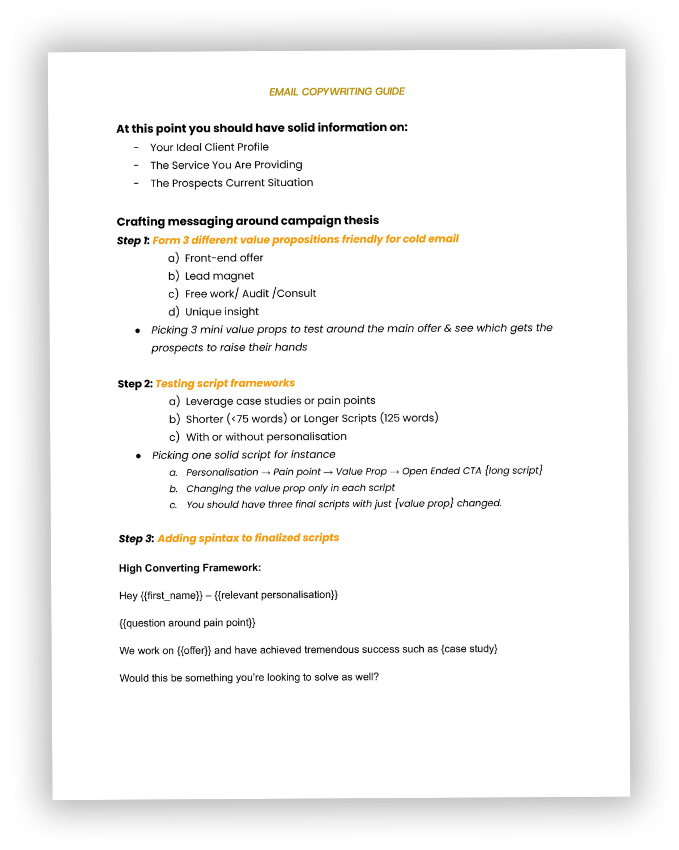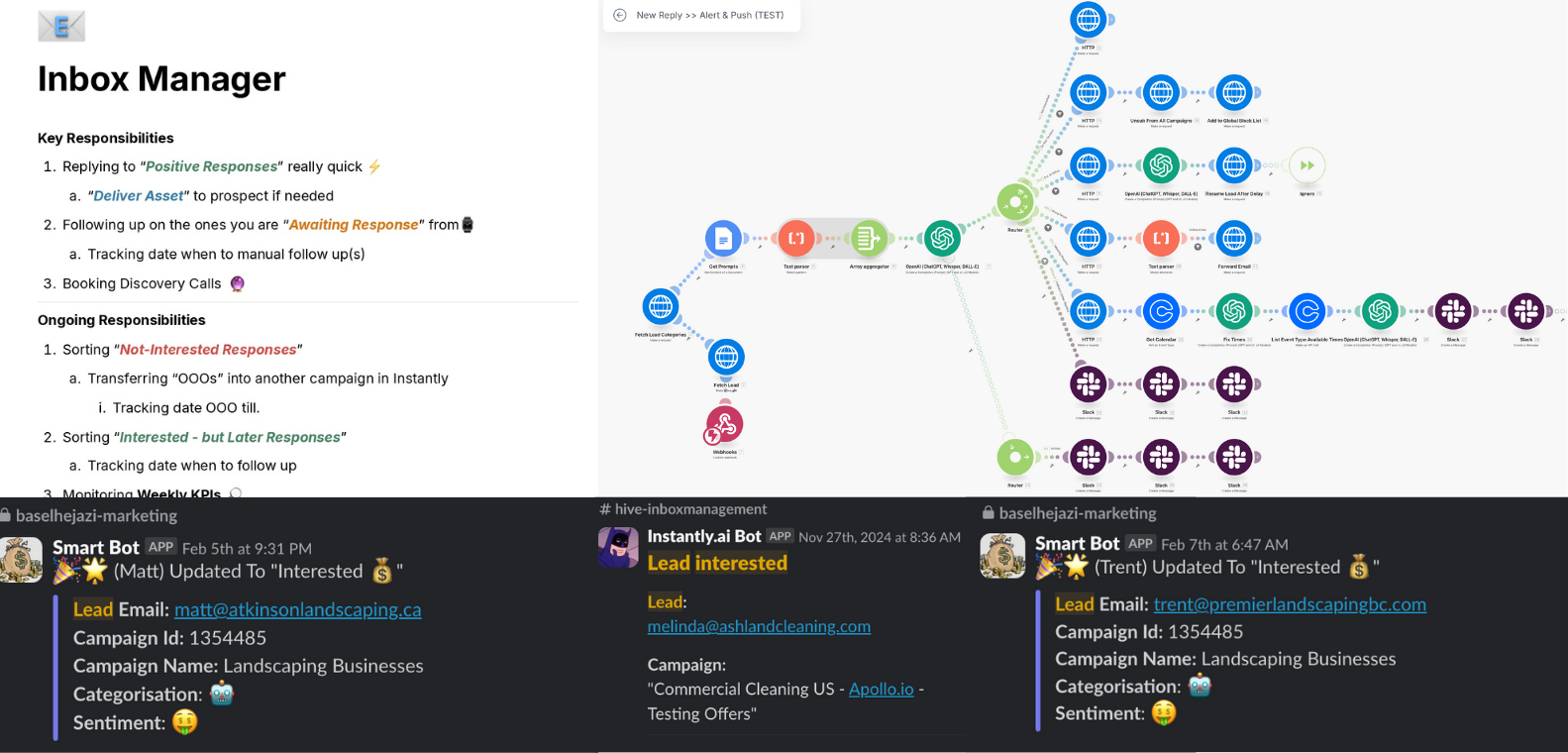“Your Meta ads are bleeding money at $47 per lead. Your Google campaigns attract budget shoppers who ghost after hearing your rates. And those “proven” ad templates? They’re pulling everyone except buyers ready to invest in your expertise.”
Sound familiar?
Here’s what nobody tells you about service business advertising: Most ads speak to everyone and convert no one.
We spent months learning and analyzing hundreds of service business campaigns. The difference between ads that print money and those that burn it? The right copy framework applied to the right platform.
Let me show you exactly what works in 2025.
The Data-Driven Reality of Service Business Advertising
Before we dive into formulas, establish what you’re up against by reading our blog released last week -> Meta Ads vs. Google Ads: Which Platform Is Actually Best for Online-Based Service Providers?
Key insight is that Meta delivers the lowest average CPL at $22 across service sectors, while Google Search dominates conversion rates for high-intent searches.
The Psychology Behind Service Purchase Decisions
Forget everything you think you know about your clients. Here’s what actually drives their decisions:
Is Your Ad Copy Trust-Worthy?
87% of buyers check reviews before purchasing. How does your ad stack up?
Trust Rules Everything
- 83% of consumers say data protection is their #1 trust driver (PwC)
- 87% read reviews before buying any service (BrightLocal)
- 75% rank pricing transparency as critical to purchase decisions (DWF)
The Mobile-First Reality
- 74% of service inquiries start on mobile devices
- Mobile users convert 40% faster when pricing is visible
- Video testimonials increase mobile conversions by 35%
The 7 Ad Copy Killers (And How to Fix Them)
1. Generic Promises
The Killer: “Transform your life with our coaching”
& The Fix: “Go from $5k to $25k months in 90 days – like these 47 clients did”
Why it works: Specificity creates believability. Generic claims get scrolled past.
2. Hidden Pricing
The Killer: “Investment discussed on call”
& The Fix: “Programs from $2,497 – payment plans available”
Why it works: 75% of prospects want pricing transparency. Those who see prices are 60% more likely to book calls.
3. Feature Dumps
The Killer: “12 modules, 50 worksheets, lifetime access”
& The Fix: “Land 5 high-ticket clients in 30 days”
Why it works: Services sell outcomes, not deliverables.
4. Weak Social Proof
The Killer: “Thousands of happy clients!”
& The Fix: “312 students accepted to Ivy League schools – average SAT increase: 180 points”
Why it works: Specific numbers create trust. Vague claims create doubt.
5. Amateur CTAs
The Killer: “Learn more” or “Get started”
& The Fix: “Book your revenue breakthrough call” or “Claim your strategy session”
Why it works: Professional CTAs pre-frame the value of the next step.
6. Missing Urgency
The Killer: Available anytime
& The Fix: “4 spots left for January cohort” or “Special ends Friday”
Why it works: Authentic scarcity drives action without feeling manipulative.
7. One-Size-Fits-All Targeting
The Killer: “For anyone who wants success”
& The Fix: “For consultants stuck between $5k-$10k months”
Why it works: Precise targeting attracts ideal clients, repels tire-kickers.
Platform-Specific Copy Frameworks That Convert
Meta/Facebook: The Visual Storyteller
Meta’s algorithm rewards engaging visuals and emotional copy. Here’s the winning formula:
The Transformation Framework
[Hook] Tired of [specific problem]?
[Story] Like Sarah, who went from [before] to [after] in [timeframe]
[Proof] Join 200+ clients who've achieved [specific result]
[CTA] Book your transformation call → [Link]Example For Fitness Coaches:
Tired of workouts that don’t work?
Like Sarah, who went from struggling with 40 extra pounds to her dream wedding dress in 12 weeks.
Join 200+ women who’ve lost 20+ pounds without giving up wine or carbs.
Your transformation starts here → [Book Free Assessment]
Visual Ad Examples:
- Before/After carousel with client testimonials
- 15-second video testimonial focusing on specific results
- Static image with data overlay (pounds lost, revenue gained)
Google Ads: The Intent Matcher
Google searchers know what they want. Your job is to prove you have it.
The Authority Framework
[Headline] [Service] + [Specific Result] | [Credibility Marker]
[Description] [Proof] + [Differentiator] + [Offer] + [CTA]Example for Business Consultants:
Business Growth Consultant | Scale to $1M ARR
Former McKinsey. 93 clients scaled past 7-figures.
Free growth audit shows your exact roadmap. Book now.
High-Converting Keywords:
- “best [service] for [specific problem]”
- “[service] pricing 2025”
- “[service] vs [competitor]”
- “[outcome] in [timeframe]”
LinkedIn: The B2B Authority Builder
LinkedIn users expect professionalism and proven expertise.
The Credibility Framework
[Problem] affecting [specific role/industry]?
[Credentials] with [specific achievements]
[Results] for companies like [recognizable names]
[CTA] for [specific deliverable]Example For Leadership Coaches:
VP struggling to manage remote teams effectively?
Ex-Google Leadership Coach with 15 years experience transforming tech leaders.
Helped executives at Microsoft, Salesforce, and Adobe increase team productivity by 40%.
Download our Remote Leadership Playbook →
TikTok: The Pattern Interrupt
Not Really Our Focus Here… But TikTok rewards hooks that stop the scroll instantly – perfect for info-products or ecom.
The Hook Framework
[First 3 seconds]: Shocking statement or question
[Next 4 seconds]: Big promise
[Final 8 seconds]: Proof + CTATikTok Hook Formulas That Work:
- “The #1 mistake [audience] make with [topic]”
- “I spent $X on [common solution] so you don’t have to”
- “POV: You finally found a [service] that actually works”
- “Stop doing [common practice] if you want [outcome]”
- “Why [conventional wisdom] is keeping you stuck”
Here Are Written Winners Based On Ad Libraries
Meta AD Library: Online Fitness Coaching
Results:
- CPL: $18.50
- Conversion rate: 12%
- ROI: 580%
Platform: Meta/Instagram Campaign: 30-Day Summer Transformation Ad Copy:
“Bikini season panic? Not this year.
Watch how Jessica dropped 2 dress sizes in 30 days
– without giving up margaritas 🍹
Our proven system includes:
✓ Custom meal plans (no bird food!)
✓ 20-minute home workouts
✓ Daily accountability check-ins
✓ Private Facebook community
97% success rate. No gym required.
Spring spots filling fast → Book your free body analysis”
LinkedIn Ad Library: Business Strategy Consulting
Results:
- CPL: $67
- Consultation booking rate: 24%
- Client acquisition cost: $1,200
- Average client value: $25,000
Platform: LinkedIn Campaign: Scale to 7-Figures Ad Copy:
“Still trading time for money at $10-20k/month?
We help service providers build 7-figure businesses through systemization and team building.
Recent client wins:
– Sarah: $12k → $52k/month in 6 months
– Mike: Reduced working hours by 60%
– Jessica: Built team of 12, works 15 hrs/week
Get our 7-Figure Service Business Blueprint
(Usually $497, free for qualified founders)
Apply here → [Link]”
Mobile Optimization: The Conversion Multiplier
With 74% of service inquiries starting on mobile, your copy must be thumb-friendly:
Mobile Copy Rules:
- Front-load key information in first 40 characters
- Use line breaks every 2-3 lines
- Include emoji sparingly for visual breaks
- Make CTAs thumb-sized and contrasting
- Test instant forms vs. landing pages
Mobile Conversion Boosters:
- Show pricing within first scroll
- Use bullet points over paragraphs
- Include click-to-call buttons
- Add trust badges near CTAs
- Compress testimonial videos under 15 seconds
Testing Framework for Service Ads
Never guess. Always test:
Week 1: Headlines
- Outcome vs. process focused
- Number-specific vs. general
- Question vs. statement
Week 2: Social Proof
- Testimonials vs. statistics
- Before/after vs. during journey
- Video vs. text
Week 3: Offers
- Free consultation vs. paid audit
- Guarantee vs. no guarantee
- Payment plans vs. full payment
Week 4: Visuals
- Professional photos vs. real clients
- Static vs. carousel vs. video
- Text overlay vs. clean images
Your 30-Day Ad Optimization Roadmap
Ready to transform your ad performance? Form your step-by-step plan:
Your 30-Day Ad Optimization Roadmap
Get a personalized action plan based on your current ad performance
The Ultimate Service Business Ad Template
Here’s a fill-in-the-blank template ad copy brief that combines everything we’ve covered to repurpose in further AD copy:
[Hook Question Related to Specific Problem]?
In [Timeframe], I help [Specific Audience] achieve [Specific Outcome]
without [Common Objection You Face].
Our clients typically see:
- [Specific Result #1]
- [Specific Result #2]
- [Specific Result #3]
[Notable Credential or Social Proof]
Investment: [Price Range] with [Payment Options]
[Urgency Element]
[Professional CTA] → [Link]Stop Guessing. Start Converting.
You’ve now got the frameworks, formulas, and real examples that turn scrollers into clients. But knowledge without action is worthless.
Here’s what to do next:
- Pick ONE framework from this guide
- Write THREE variations using the template
- Launch a TEST campaign within 48 hours
- Track results for 7 days minimum
- Scale what works, kill what doesn’t
Want expert eyes on your ad copy? Book a free 30-minute audit where we’ll:
- Review your current best-performing ad
- Identify the #1 fix for immediate improvement
- Give you a custom template for your business
Let’s Plan Your Next Steps Together.
P.S. Still running the same ad copy from last quarter? Your competitors are stealing your clients while you’re reading this.
Note: All statistics and benchmarks cited in this article are based on 2024-2025 industry reports from WordStream, BrightLocal, PwC, and other reputable sources. Results may vary based on industry, targeting, and offer quality.
Frequently Asked Questions:
Q1. What is service business ad copy?
A1: Service business ad copy is specialized marketing text written for businesses selling expertise-based services like coaching, consulting, tutoring, and training. Unlike product ads, service ads must build trust, demonstrate expertise, and show specific client transformations while addressing price sensitivity and credibility concerns.
Q2. How do I write ad copy for my coaching business?
A2:Start with a specific client problem, present your transformation timeline, add social proof with numbers, and include a clear call-to-action.
Example: “Stuck at $10k/month? → 12-week system to $50k/month → 47 coaches scaled successfully → Book strategy call.” Always lead with outcomes, not processes.
Q3. What are the best platforms for service business advertising? A3: Meta (Facebook/Instagram) offers the lowest average cost per lead at $20-32 for service businesses, with fitness coaching at $20.49 CPL and education at $31.82.
Google Search delivers high-intent leads with 8.49% conversion rates for education services, while TikTok can achieve $3.73 CPAs for coaches using video content.
Q4. How much should I budget for service business ads?
A4: Budget based on your customer lifetime value. For education/tutoring services, expect $31.82 average cost per lead on Meta. Professional services on LinkedIn range $46-150 CPL. Start with $1,000-2,000 monthly, test different platforms, then scale what works. Track cost per qualified appointment, not just leads.
Q5. What makes service business ads different from product ads?
A5: Service ads must overcome trust barriers, demonstrate expertise, and sell intangible transformations. They require more social proof (87% read reviews before buying services), transparent pricing (75% want price clarity), and personal connection. Unlike products, services sell outcomes and relationships, not features.
Q6. How do I measure service business ad performance?
A6: Track cost per qualified lead (not all leads), appointment show-up rate, consultation-to-client conversion rate, and customer lifetime value. For Meta ads, aim for 2-3% CTR; Google Search 6-8% CTR; appointment booking rates of 20-30%. Calculate return on ad spend (ROAS) based on closed clients, not leads.
